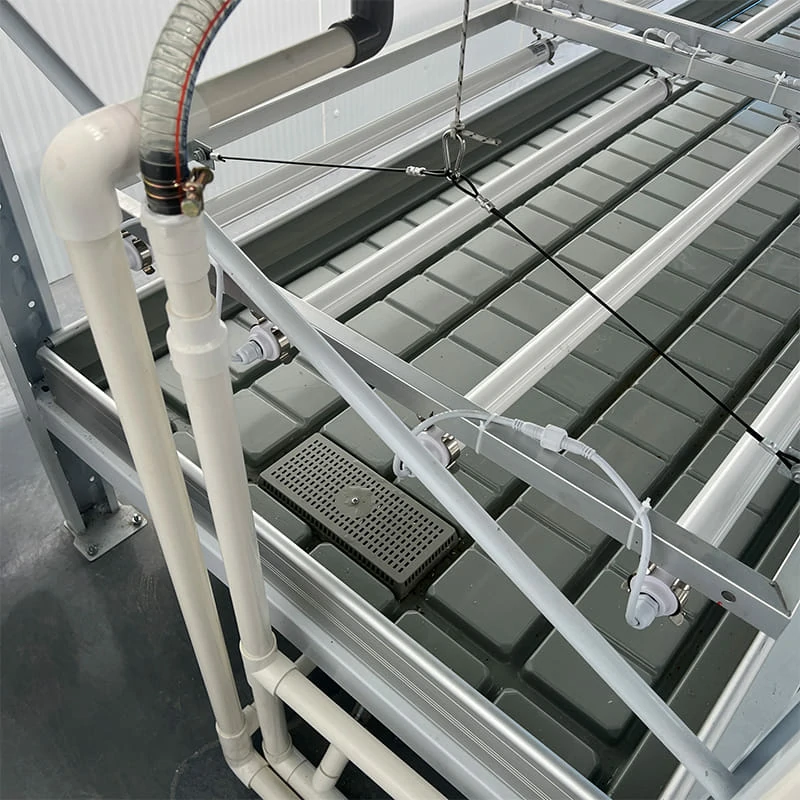Enhancing Agricultural Efficiency: Exploring the Benefits of Greenhouse Flood Tables
Greenhouses have revolutionized modern farming by providing controlled environments for optimal plant growth. Among the various techniques and tools utilized in these controlled environments, greenhouse flood tables stand out as an efficient method for managing water, nutrients, and plant cultivation. These tables offer numerous advantages, making them a popular choice among horticulturists and commercial growers.
Understanding Greenhouse Flood Tables
Greenhouse flood tables, also known as ebb and flow tables, are versatile cultivation platforms designed to efficiently manage water distribution within a greenhouse setting. These tables consist of durable trays or benches with a surrounding border to contain liquid. The primary mechanism involves flooding the table with water and nutrients before draining it away, allowing plants to absorb moisture and nutrients through their root systems.
Components and Functionality
- Trays or Benches: Constructed from various materials like plastic, metal, or fiberglass, these tables come in different sizes and configurations to accommodate different plant types and greenhouse layouts.
- Drainage System: Equipped with a drainage system, flood tables efficiently remove excess water after the flooding phase, preventing waterlogging and ensuring proper aeration for the plants’ roots.
- Reservoir and Pump: A reservoir stores the nutrient solution, and a pump controls the flooding and draining process. These components operate based on pre-set timers or sensors to automate the watering cycle.
Benefits of Greenhouse Flood Tables
- Water Efficiency: Flood tables minimize water wastage by ensuring efficient delivery and utilization of water and nutrients directly to plants’ root systems. This controlled watering method reduces water evaporation and runoff.
- Nutrient Management: They facilitate precise nutrient delivery, promoting healthier plant growth and minimizing the risk of over-fertilization or nutrient leaching.
- Root Health and Aeration: By periodically flooding and draining, flood tables promote oxygenation and prevent root suffocation, fostering robust root systems and overall plant health.
- Space Optimization: These tables maximize space utilization in a greenhouse by providing a uniform, organized platform for plant cultivation, especially in situations where ground-level planting may not be feasible.
Applications in Agriculture
Greenhouse flood tables find applications across various agricultural sectors:
- Hydroponics: Particularly beneficial in hydroponic systems where plants grow without soil, relying solely on water and nutrient solutions.
- Seed Starting and Propagation: Ideal for starting seeds and propagating cuttings, providing an optimal environment for early-stage plant growth.
- Commercial Cultivation: Widely adopted in commercial greenhouse operations for growing a diverse range of crops, including vegetables, herbs, and flowers.
Greenhouse flood tables offer an efficient and practical solution for managing water, nutrients, and plant cultivation within controlled environments. Their ability to promote water efficiency, precise nutrient delivery, and healthy root systems makes them a valuable asset in modern agriculture. As technology advances, these systems continue to evolve, providing growers with more sophisticated and customizable options to enhance crop yields, improve quality, and contribute to sustainable agricultural practices.


Comments are closed.